11 Delicious Swaps When You’re Fresh Out of Mirin
Mirin’s sweet, umami-rich profile enhances Japanese sauces and glazes but isn’t always easy to find.
Combining sake with sugar, using sherry, or sweetened rice vinegar can replicate mirin’s unique flavor.
Each alternative differs in sweetness and acidity, so balancing quantities is key for best results.
Eleven mirin substitutes provide authentic taste options for teriyaki, sukiyaki, and more.
Knowing how to adjust flavors ensures your dish stays true to tradition.
Glaze and simmer with confidence using these practical replacements.
Explore creative ways to cook Japanese favorites without mirin.
What is Mirin?
Mirin is a traditional Japanese rice wine used primarily as a cooking ingredient. Unlike regular sake, mirin has a higher sugar content, which gives it a naturally sweet flavor. It’s an essential component in many Japanese dishes, adding depth and a subtle sweetness that balances salty and savory elements.
Though it contains alcohol, most of it evaporates during cooking, leaving behind only the flavor. Mirin is especially popular in glazes, sauces, and marinades, where it helps to create a glossy finish and tenderizes proteins.
Key Flavor of Mirin
The key flavor of mirin is its gentle sweetness combined with a mild tang and subtle umami richness. This unique balance of flavors enhances dishes by smoothing out sharp or salty tastes and adding complexity.
Mirin’s sweetness isn’t overpowering but rather complements savory ingredients and intensifies overall flavor.
Perfect Alternatives for Mirin
Mirin alternatives bring sweet, tangy flavor and slight acidity to Japanese dishes and sauces. Several substitutes capture the essence well. Explore the perfect options to try in your cooking.
Sake + Sugar
Sake stands as an excellent substitute for mirin since both are fermented rice wines with similar flavor profiles.
The main differences lie in sake's higher acidity, increased alcohol content, and noticeably less sweetness, but adding a touch of sugar can bridge this gap perfectly.
For those monitoring sugar intake or preferring less sweetness in savory dishes, sake offers a healthier alternative without sacrificing taste.
Fish recipes and dishes requiring minimal mirin benefit most from this substitution, creating balanced flavors that complement rather than overwhelm.
When making the switch, remember to use one tablespoon of sake plus one teaspoon of sugar for each tablespoon of mirin called for in your recipe.
Adding sake earlier in the cooking process allows the alcohol to evaporate properly, ensuring your dish maintains all the intended flavors without any unwanted sharpness.
Dry Sherry
Sherry stands out as the perfect mirin substitute because it comes in different varieties to match your recipe needs.
Dry sherry works beautifully in savory dishes while sweet sherry shines in desserts, though any type will add that essential acidic brightness to your cooking.
Many people find sherry especially effective in sauces, marinades, and slow-cooked dishes where flavors have time to develop.
For best results, replace each tablespoon of mirin with one tablespoon of dry sherry plus half a teaspoon of sugar to balance the sweetness.
After adding this combination, a quick taste test will help you adjust the sugar level until the flavor matches exactly what your dish requires.
Dry White Wine
White wine makes an excellent substitute for mirin in many dishes since it's already a common ingredient in kitchens worldwide.
Most home cooks typically have a bottle on hand rather than specialty ingredients like sherry, making it incredibly convenient.
For the best results when replacing mirin, dry varieties such as Sauvignon Blanc or Pinot Grigio work perfectly in soups, sauces, and marinades, though you'll need to add some sugar to replicate mirin's sweetness.
The simple substitution ratio is straightforward: use 1 tablespoon of white wine plus 1/2 teaspoon of sugar for each tablespoon of mirin called for in your recipe.
No need to splurge on expensive bottles since the subtle flavors would be lost during the cooking process anyway.
Shaoxing Cooking Wine
Shaoxing, Chinese cooking wine, delivers a delightful nutty flavor with subtle hints of vinegar, spice, and caramel that makes it an excellent substitute for mirin due to its rich umami profile.
For best results, this Chinese cooking wine should be added earlier in the cooking process than mirin to ensure the alcohol cooks off completely, leaving only the wonderful flavor behind.
Japanese curries particularly benefit from this substitution, though Shaoxing works wonderfully in any dish that calls for mirin.
The proper substitution ratio is simple - just replace each tablespoon of mirin with one tablespoon of Shaoxing mixed with half a teaspoon of sugar.
Aji-Mirin
Aji-Mirin stands out as the closest substitute for traditional mirin, specifically crafted to replicate the authentic taste of this rice cooking wine.
Many cooks prefer this alternative because it cleverly mimics mirin's flavor profile through its blend of water, corn syrup, alcohol, rice, and salt, which makes it considerably faster to produce and more affordable than the real thing.
True mirin undergoes a lengthy fermentation process with rice, while aji-mirin skips this time-consuming step by using a strategic combination of ingredients.
When using this substitute in your recipes, you should consider reducing the salt elsewhere since aji-mirin tends to be slightly saltier than traditional mirin.
For best results, simply replace traditional mirin with an equal amount of aji-mirin- one tablespoon for one tablespoon will work perfectly in most dishes.
Vermouth
Vermouth stands out as a top-notch substitute for mirin with its slightly fruity taste that adds the perfect amount of sweet acidity to dishes.
This wine-based alternative isn't quite as sweet as traditional mirin, so adding a bit of sugar might help match the original flavor profile more closely.
Many people prefer trying vermouth alone first, then adjusting with sugar only if necessary for their personal taste preferences.
Sauces and marinades particularly benefit from this swap, allowing the complex notes of vermouth to enhance the dish just as mirin would.
For best results, simply use one tablespoon of vermouth plus half a teaspoon of sugar for each tablespoon of mirin called for in your recipe.
Mirin Sake + Sugar + Water
Mirin, a sweet Japanese rice wine, can be easily made at home when your recipe calls for it.
The homemade version combines sugar, water, and sake to create a flavor that closely resembles the original with just a few simple steps.
The process takes minimal effort – boil sugar with water, add sake off the heat, stir until dissolved, then cool before storing in an airtight container.
This substitute works perfectly in a 1:1 ratio for any recipe requiring mirin, from teriyaki sauce to glazes for fish or vegetables.
White Grape Juice
White grape juice stands out as an excellent mirin substitute because it doesn't require additional sugar, unlike most alternatives.
The natural sweetness in this juice perfectly mimics mirin's flavor profile, though a splash of lemon juice helps balance the sweetness with necessary acidity.
For best results, the unsweetened variety from a quality brand without artificial additives will deliver the most authentic taste experience.
This replacement shines particularly well in sweet marinades and sauces, making homemade teriyaki sauce taste remarkably close to the original.
When cooking, simply use one tablespoon of white grape juice plus half a teaspoon of lemon juice to replace each tablespoon of mirin called for in your recipe.
Balsamic Vinegar
Balsamic vinegar offers a surprising replacement for mirin due to its rich, sour, umami taste that complements many dishes perfectly.
The sweetness and acidity in this dark substitute work amazingly well in sauces, braising liquids, and marinades where mirin would normally shine.
For best results, start with just a small amount since balsamic has a much stronger flavor profile than the traditional Japanese ingredient.
When making the swap in your cooking, the general rule is to use 2 teaspoons of balsamic vinegar for each tablespoon of mirin called for in recipes.
This substitution works especially well when you need that depth of flavor but don't have mirin on hand.
Kombucha
Kombucha is an excellent mirin substitute for health-conscious cooks since both liquids share a similar fermented, sour profile that works in any recipe calling for mirin.
Plain or ginger varieties offer the most versatile replacements, though adventurous cooks can experiment with different flavors if desired.
Many kombucha fans who already enjoy this probiotic drink as a beverage now have another reason to keep it stocked in their kitchens.
The substitution couldn't be simpler with a straightforward 1:1 ratio- just use the same amount of kombucha as the mirin called for in your recipe.
Highly fruited kombuchas should generally be avoided unless you specifically want those flavor notes to influence your dish.
Water + Honey
Substituting honey for mirin can work in a pinch, though it lacks the authentic richness that makes mirin special in Japanese cuisine.
Many cooks pair it with a splash of white wine, sake, or lemon juice to balance the sweetness with necessary acidity.
The basic ratio follows a simple formula - swap one tablespoon of mirin with one tablespoon of water plus one teaspoon of honey for best results.
This combination helps maintain similar consistency in sauces and glazes without overpowering your dish with excessive sweetness.
Just remember that honey brings its own distinct flavor profile, so it works better in sweeter preparations rather than delicate savory dishes where mirin's subtle complexity truly shines.
Best Mirin Swaps for Glazes, Sauces, and Marinades
When replacing mirin in glazes, sauces, or marinades, the goal is to match its subtle balance of sweetness, acidity, and depth. Mirin adds a gentle touch of sugar that helps create shine in glazes and encourages browning when used with heat.
A good substitute should offer a hint of sweetness without overpowering the dish or burning too quickly. For sauces, the smooth tang from mirin helps round out salty or savory elements, so anything used in its place needs to maintain that harmony without turning sharp or flat.
Marinades benefit from mirin’s ability to tenderize and balance flavors, so swaps should be mellow and blend well with oils, spices, or umami-rich ingredients.
A well-chosen replacement keeps the dish smooth, flavorful, and pleasantly layered, even if the original mirin isn’t on hand.
Must-Known Tricks For Mirin Substitutes
DIY Mirin Alternatives
This quick blend mimics mirin’s gentle sweetness and light acidity, perfect for adding balance to sauces, marinades, and stir-fries. Remember store it in a sealed jar in the fridge and shake before each use.
Ingredients:How to Make It:






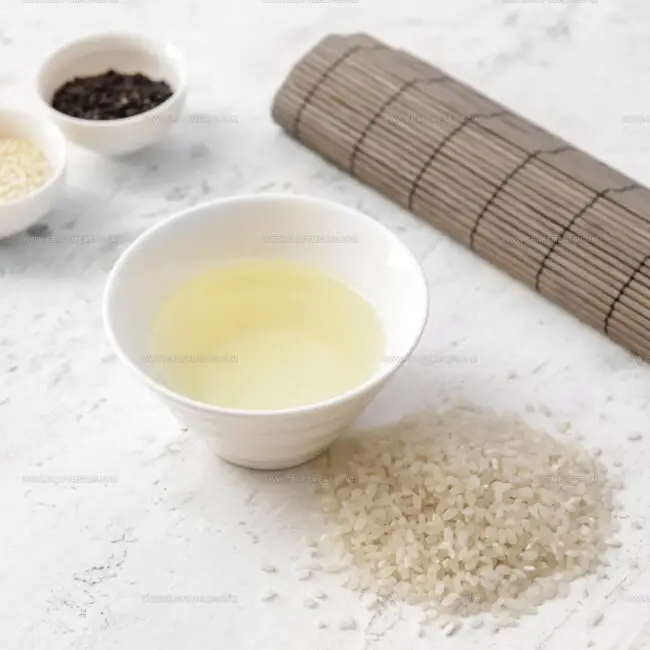

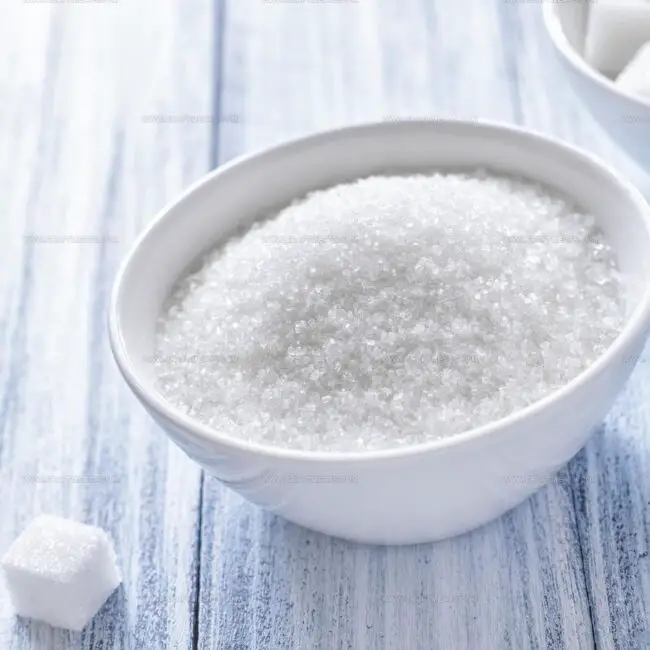
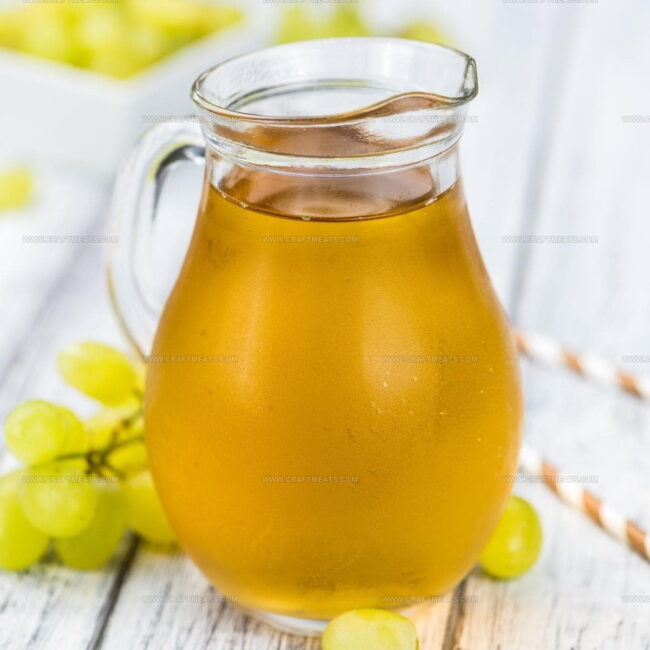
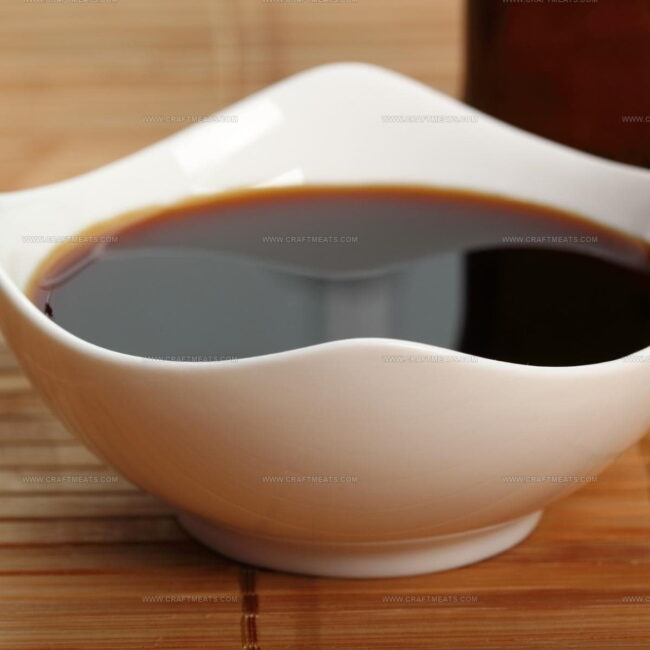

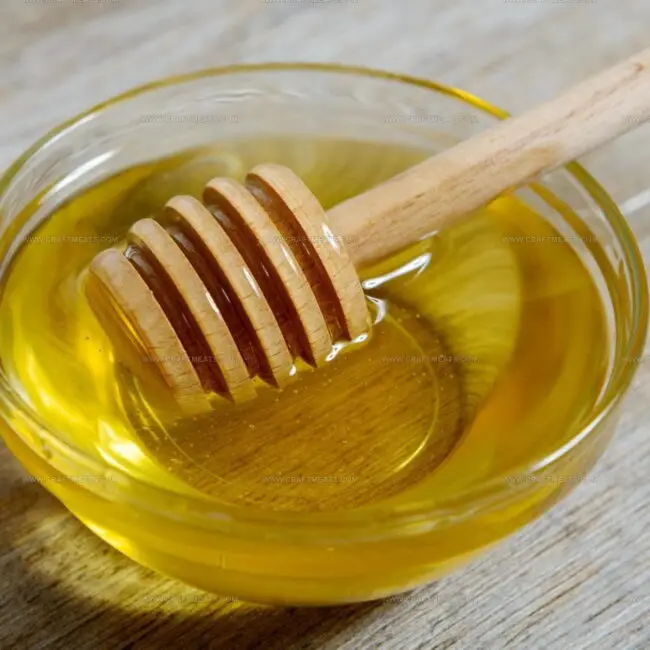
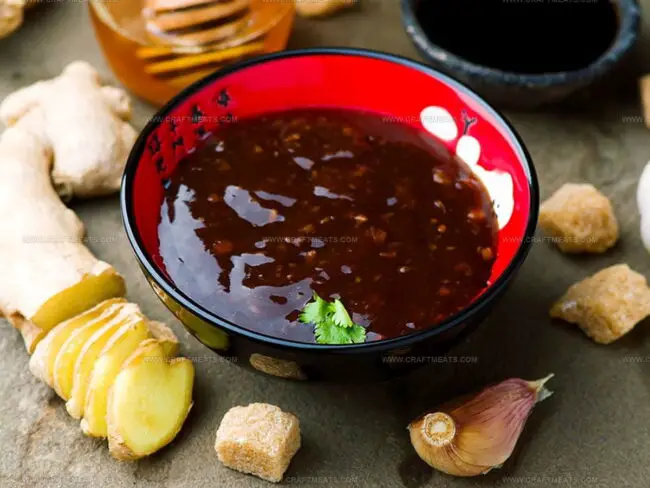
Liam O’Sullivan
Founder & Culinary Content Creator
Expertise
Recipe Development, Traditional Irish and European Cuisines, Food Styling and Photography, Culinary Education
Education
Dublin Institute of Technology (DIT) – School of Culinary Arts and Food Technology
Ballymaloe Cookery School
Isabella brings a global spark to the Craft Meats table. Born in Florence and trained at the Apicius International School of Hospitality, she blends classic Italian flavor with modern writing that’s easy to follow and hard to forget.
Her additional training at the Italian Chef Academy fueled her love for well-crafted dishes, especially ones that spotlight beautiful cuts of meat.
She’s a food writer with heart, and a deep love for storytelling through single recipes. Her goal? To help you cook with more confidence and a little more joy, no matter where you start.